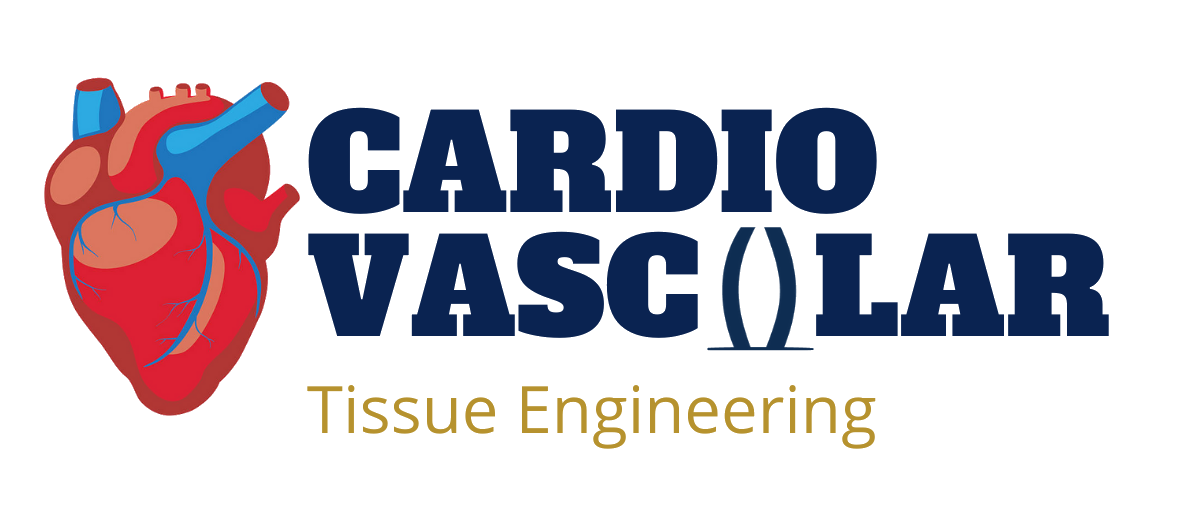1. Characterize vascular differentiation. The word endothelial progenitor cell is used often in the literature, yet this cell is abstractly defined. The word seems to apply to any cell that has differentiated beyond a stem cell, but has not yet become a mature endothelial cell. I would like to answer question regarding the origins of an endothelial progenitor cell, identify some consistent characteristics of an endothelial progenitor cell, and define and assign a precise stage of differentiation, level of maturation, vasculogenesis capabilities, and subphenotypes.
2. Examine the role of stiffness and patterning in EC fate and morphology. Traditionally, ESCs are cultured on petri dishes, but it has been shown that varying the stiffness using biomaterials such as polyacrylamide gels, of the environment will produce different lineages. Soft matrices produce neurogenic cells, while stiffer matrices produce osteogenic cells. Using our novel stem cell line that has a GFP reporter on the Tie-2 and a RFP reporter on smooth muscle actin and Zebraxis with strips varying in stiffness, we set out to observe if the stiffness will produce endothelial-like cells or smooth muscle-like cells.
3. Design and develop an in vitro bioreactor for tissue perfusion. This model would be used to incorporate perfusion into neovasculature to assess the effect of fluid flow on the stability of neovessel structures.
4. Develop a cardiac patch for myocardial repair. Embryonic stem cells, endothelial progenitor cells, bone-marrow derived stem cells, skeletal myoblasts, mesenchymal stem cells, side-populations cells, fibroblasts, etc. have been directly injected into myocardial infarcts to enhance regeneration of the infarcted tissue. Most cells enhance cardiac output, but evidence of cell integration is weak. I hypothesize that a cardiac patch would enhance the number of cells in the infarcted region, as well as provide some mechanical support to the weakened tissue.

